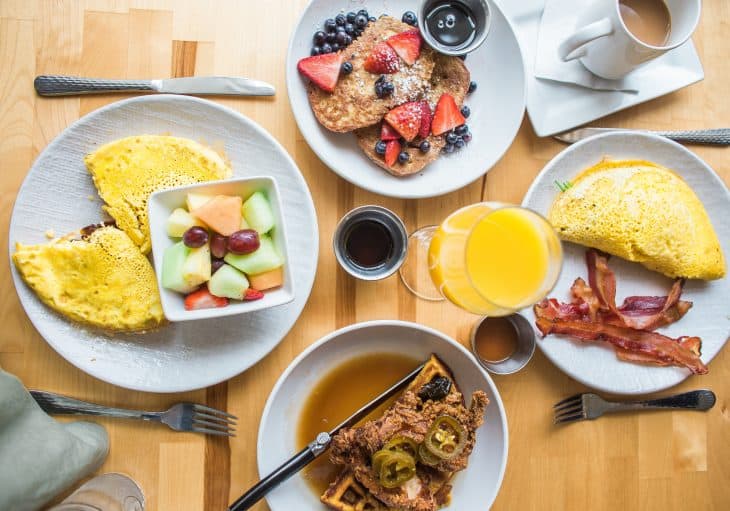
First impressions can tell you a lot about a person. In a way, this also applies to the first meal you eat in the morning. What people have for breakfast around the world can tell you more about a country than any history book out there. Food and culture always come as a package deal – you can’t separate one from the other.
Simply put, a country’s traditional breakfast reflects the lifestyle and identity of its people. It might take a while before you travel the world, but you can still have a taste of it with these facts about breakfast.
- Breakfast typically refers to the first meal of the day.
- Eating breakfast only became a norm for all social classes in the 17th century.
- Most breakfast staples include a base of carbohydrates, such as bread, root vegetables, and other grains.
- Studies have leaned towards the claim that breakfast is the most important meal of the day.
- In the 19th century, the typical UK aristocrat would have up to 24 dishes for breakfast alone.
- The word “breakfast” is a contraction that refers to (break)ing the (fast)ing period of sleeping.
- The term was only introduced in the 15th century.
- Old English texts also referred to the meal as morgenmete, which literally translates to morning meal.
- Breakfast helps kickstart your metabolism for the day.
- Skipping breakfast slows it down, making you burn less calories throughout the day.
- Breakfast also helps regulate blood sugar, allowing the body to break down glucose easier.
- It’s ideal to eat breakfast within 2 hours of waking up
- It’s also best to avoid high fat content in your breakfast to prevent atherosclerosis or clogged arteries.
- A Korean study revealed that breakfast is the most skipped meal by young adults attending university.
- A study in the UK also showed that children under the age of 10 consume over 50% of their daily recommended sugar intake due to cereals.
- The ancient Romans did not believe in breakfast, only eating one meal a day at noon.
- Originally, “dinner” was the word used for the first meal of the day.
- Research has shown that people who skip breakfast generally have higher BMI’s.
- Regularly eating a healthy breakfast helps improve memory and cognitive performance.
- Some studies have suggested that moderate caffeine consumption has mild anti-depressant effects for the average person.
German breakfast has bread as its main component.
When it comes to a traditional German breakfast, the main star is Brötchen or German bread rolls. To start their day, Germans would serve their Brötchen with a variety of stuffing or spreads – from sweet marmalade and jam to savory hams and sausages.
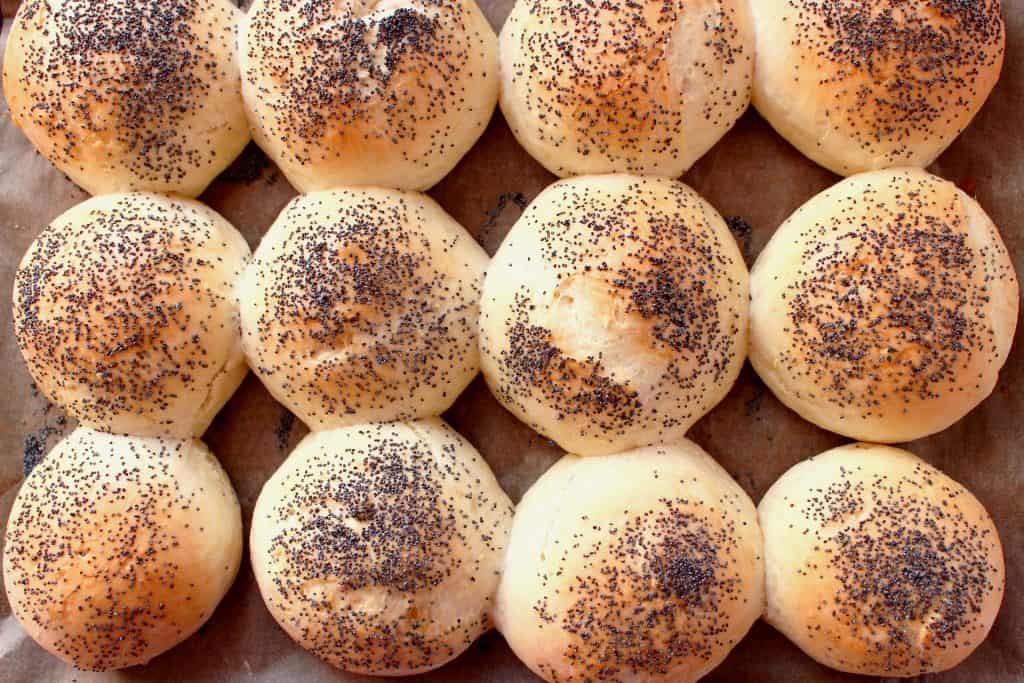
In Ancient Egypt, peasants had beer for breakfast.
You may have mixed feelings about downing a pint for breakfast, but the Ancient Egyptian laborers saw it as an essential part of their day. Before leaving to work in the fields, poor Egyptians would eat a breakfast of beer, bread, and onions. Bet you didn’t expect that for breakfast around the world.
The earliest breakfast foods did not have meat.
During the Middle Ages, breakfast was considered indulgent, usually reserved for laborers or travelers who actually needed the meal to work. Even churches looked down on eating breakfast as gluttony, with men usually ashamed to even partake in the meal at all.
As a result, the earliest forms of breakfast only consisted of a meager slice of rye with a bit of cheese and ale.
A traditional Korean breakfast still has many side dishes.
If you’ve ever eaten at a K-BBQ restaurant, you’d be familiar with Koreans’ love for side dishes. This love extends to meals for any time of the day, as Korean breakfasts still include a wide range of side dishes. Traditionally, a Korean breakfast includes rice, soup, meat, and an assortment of pickled vegetables or kimchi.
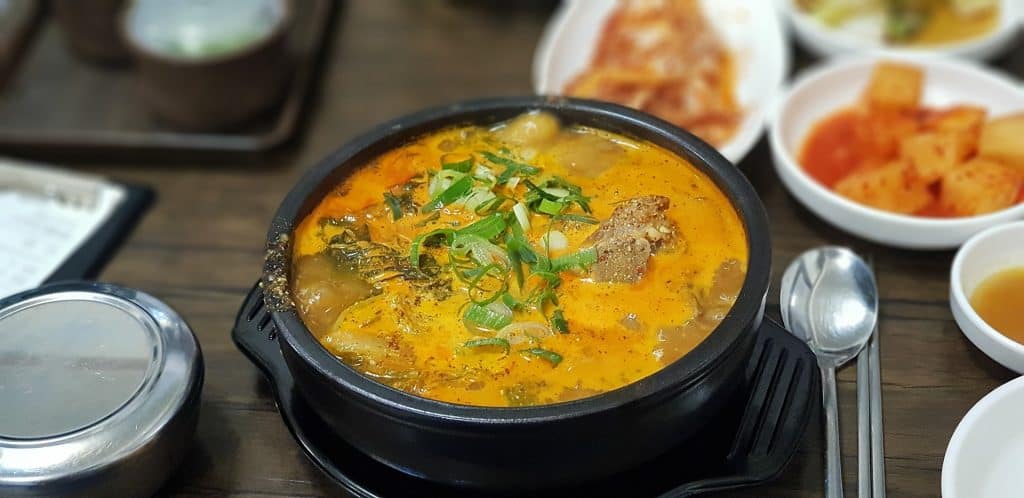
China has the highest consumption of eggs in the world.
When you think of the word breakfast, eggs may be one of the first things that come to mind. Based on a 2017 study, China ranked the highest in egg consumption out of 154 other countries. On average, a Chinese resident would eat 22.9 kg worth of eggs per year.
With trademark dishes such as congee and century egg, it’s no wonder that China is big on eggs.
Turkey consumes the most bread in the world.
Bread is one of the most universal ingredients of breakfast around the world. According to the Guinness World Records, Turkey has the biggest consumption of bread worldwide, with each person consuming 199.6 kg of bread in a year. Since the traditional Turkish breakfast commonly features hearty dishes with bread, this comes as no surprise.
Russian breakfast traditionally includes caviar.
Far from the early perception of breakfast as a strictly modest meal, caviar is a Russian breakfast staple. Whether red or black, Russians would incorporate caviar into their breakfast dishes such as the large, crepe-like blini or smaller oladyi pancakes. Definitely an entry for the most luxurious breakfast around the world.
Continental breakfast originated from Britain.
The continental breakfast dates back to 19th century Britain. Around this time, the British referred to the countries of mainland Europe as “the continent.” As such, they adopted this term to describe the regional breakfasts in the area.
In contrast to the heavy, rich breakfasts of other countries, the typical continental breakfast only includes a light serving of fruit, bread, and pastries. Of course, tea is always a standard, often used to wash down their meals.
Morocco eats the most cereal in the world.
Based on a 2013 study of 158 countries, Morocco had the highest consumption of cereal in the world with 254 kg of cereal consumed by each person in a year.
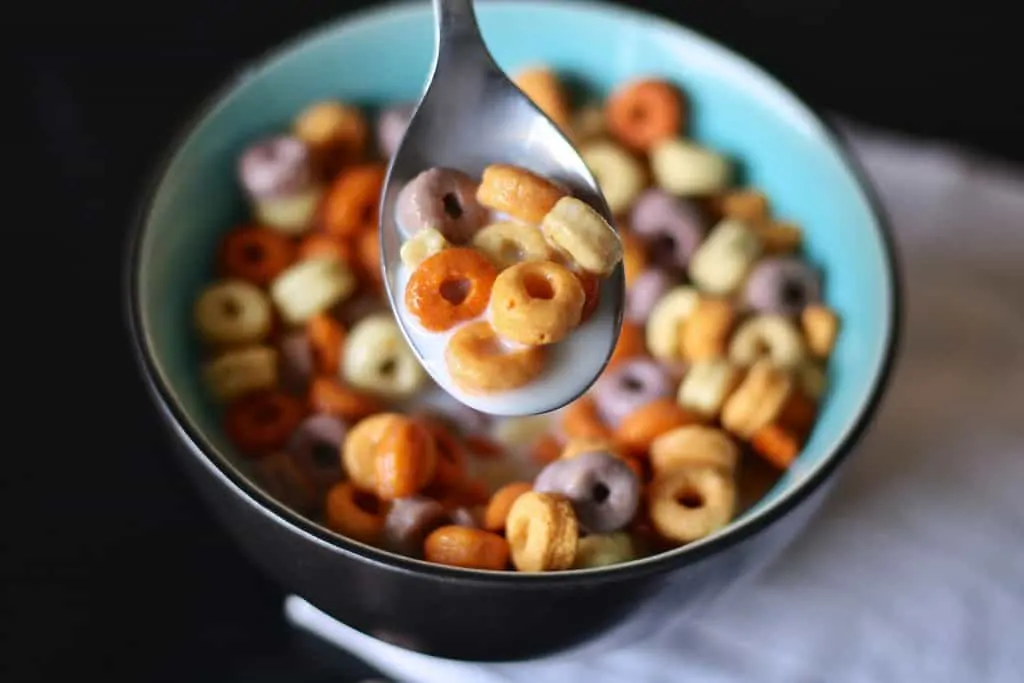
A typical breakfast in Brazil has cake.
Breakfast in Brazil usually includes lighter dishes, with heavier meals reserved for almoço (lunch). Despite this, Brazillians are serious about their coffee. In fact, the Portuguese word for breakfast itself (café de monhã) literally translates to “morning coffee”.
A common Brazillian breakfast staple is pingado, or warm milk served with sweetened coffee in a glass. Brazillians would get their caffeine fix with skillet toasted French rolls (pão na chapa) as a quick breakfast. Brazilian breakfast also incorporates pound cakes baked in a ring pan.
Wine used to be the Roman breakfast drink.
Although breakfast around the world commonly includes hot chocolate or coffee, the Romans preferred something with a little more kick. The ancient Romans referred to breakfast as jentaculum, composed of staples like bread, cheese, nuts, grains, and leftover meat.
To wash it all down, the Romans drank wine-based beverages such as mulsum or a mixture of wine, honey, and spices.
Raw leeks used to be a Lebanese breakfast staple.
For the poorer communities of Lebanon, breakfast used to be a simple meal of of raw leeks with bread.
A traditional Jamaican breakfast features a dish with poisonous fruit.
The people of Jamaica use their national fruit for their trademark breakfast food. A dish resembling scrambled eggs, the classic Jamaican breakfast consists of ackee and saltfish. Without proper preparation, ackee contains high levels of hypoglycin, which may cause severe vomiting and diarrhea. Who would’ve thought that breakfast around the world could be so dangerous?
A Dutch breakfast features sprinkled toast.
It may sound like a 3-year old’s dream (and a parent’s worst nightmare), but traditional Dutch breakfast commonly includes toast with candied sprinkles. However, it’s important to note that most of these sprinkles only contain cocoa and cocoa butter – with little to no sugar.

Peru has a breakfast drink made of fish juice.
In the highlands of Peru, breakfast traditionally includes a glass of leche de tigre. This chilled drink includes the liquid from ceviche, a cold dish made of raw fish. Peruvians typically season their breakfast drink with lime, onions, salt, and hot peppers. This definitely shows how unique breakfast around the world can be.
Spanish menudo was created as a breakfast hangover cure.
A hearty dish of pork tripe simmered in red chili broth, the Spanish initially created menudo as their go-to breakfast food after a night of booze. Spice and spirits may not sound like the best combo, but the fact that it’s still eaten today must mean that it worked for them.
Swiss breakfast mainly includes oats and yogurt.
In Switzerland, people usually prefer quick, filling breakfasts like birchermüesli, or a mix of oats, fruit, and nuts served with thick yogurt. Basically, you could think of it as a deconstructed granola bar.
Tofu makes up a core part of Japanese breakfast.
The ever-punctual Japanese people make sure to stay on schedule with a hearty breakfast of miso soup, tofu, and proteins like fish or eggs.
The Romans made the very first pancakes.
While many cultures have produced flatbreads in different forms, the Romans take credit for the oldest pancake dish in history, known as Alita Dolcia (another sweet). Dating back to the 1st century CE, these early pancakes consisted of milk, flour, egg, and spices. Today, pancake dishes are a standard for breakfast around the world.
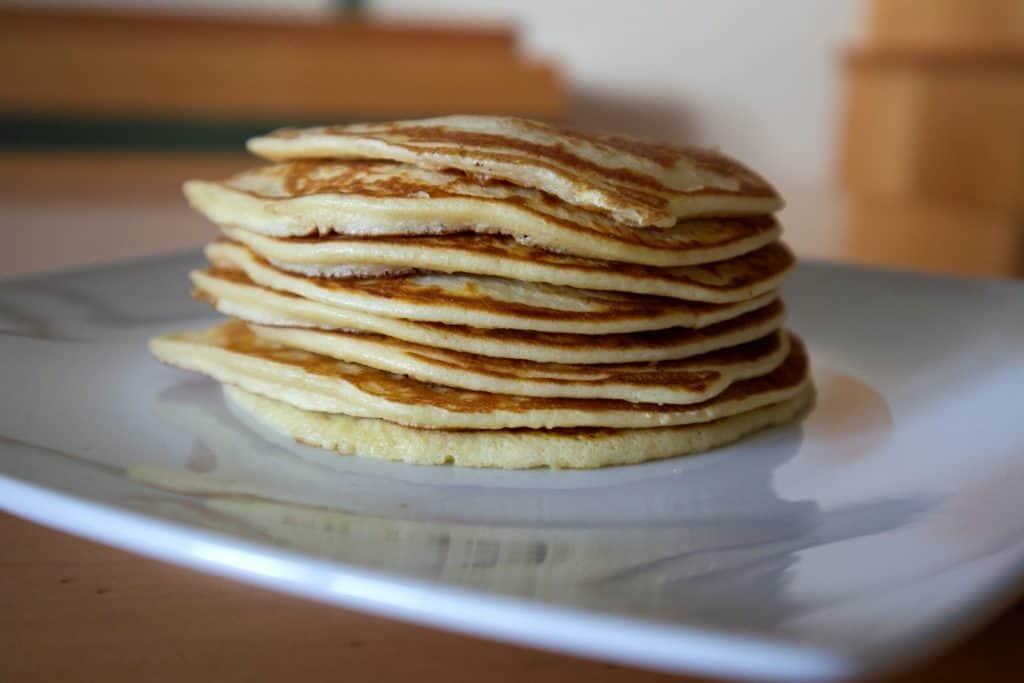
Maple syrup didn’t come from Canada.
You may know Canada as the land of maple, but the syrup actually came from indigenous peoples from the northeastern region of North America. According to aboriginal oral history and archaeological evidence, the natives of North America processed maple tree sap long before the Europeans arrived.
Waakye is a timeless breakfast staple in Ghana.
Breakfasts in Ghana typically feature waakye, or a traditional rice dish cooked in beans. This dish is also usually served piping hot with dried sorghum and limestone.
Most Thai breakfast foods are rice-based.
Breakfasts in Thailand primarily feature joke (โจ๊ก), a dish similar to Chinese congee. The Thai would boil rice until it dissolves, forming a thick porridge. This dish is served hot with an egg, minced pork, and thin slices of cilantro and ginger.
A typical Australian breakfast incorporates Vegemite.
Vegemite is a dark brown spread invented by Dr. Cyril P. Callister in 1922. Developed from brewer’s yeast, Vegemite generally has a sticky consistency with a salty, slightly bitter flavor. Aussies love this spread so much that they’d even make Vegemite lattes and Vegemite ice cream.
Breakfasts in Mexico are bound to be spicy.
Traditional Mexican breakfasts include tortillas, cheese and beans. Most of the time, these dishes make for a heavy, spicy breakfast.

A classic Ethiopian breakfast features a savory dough.
If you’re in for a trip to Ethiopia anytime soon, you’d be sure to try their classic genfo. This Ethiopian breakfast staple consists of barley flour mixed with boiling water, shaped into a mound hollowed at the center. The hole is then filled with a butter and berbere blend with dollops of yogurt to taste.
Kaya toast is a Singaporean breakfast staple.
Known for its diverse hawker food courts, your taste buds are always in for a treat in Singapore. In terms of a classic Singaporeean breakfast, kaya toast is a must-try. This Singapore breakfast item consists of a toasted sandwich spread with a sweet jam called kaya. Made of coconut milk, eggs, and pandan leaf, it’s no wonder that the kaya craze reached far beyond the bays of Singapore.
Traditional English breakfast has a blood-based dish.
Typically, an English breakfast features a hefty meal of beans, sausages, eggs, bacon, hash browns, mushrooms, and toast. More traditionally, English breakfast also includes black pudding.
Don’t let the name fool you into thinking it’s a dessert, because black pudding is a blood sausage made with pork blood and fat. Grains such as oats or barley are also used to firm its consistency.
Arepas are a Venezuelan breakfast must-try.
The usual Venezuela breakfast has a generous serving of grilled chorizo, arepas filled with white cheese, avocados, chicken, and eggs. Made with ground maize dough, arepas don’t look too different from your average McMuffin.
Canada takes credit for the lumberjack breakfast.
Another hefty meal of eggs, fried pork, and flapjacks, the earliest evidence of the lumberjack dish traces back to a Vancouver Hotel in 1870. Originally intended for men who do heavy labor, you can only guess why it’s named the lumberjack.
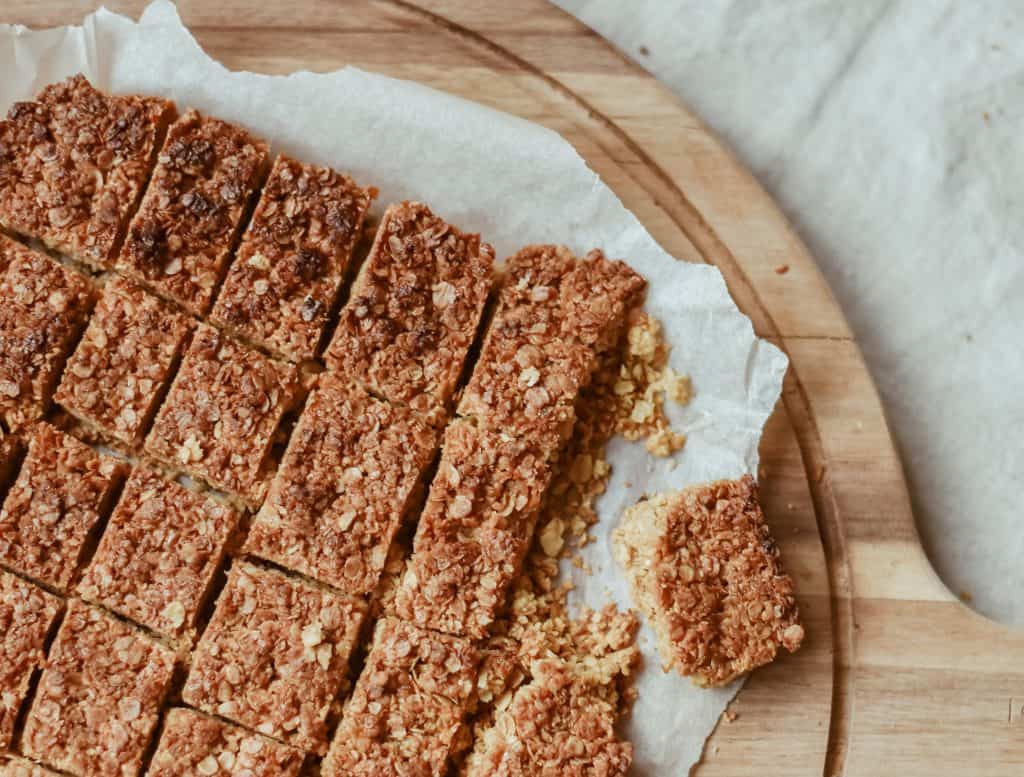
Baguettes are a French breakfast staple.
The typical French breakfast consists of baguette slices served with jam or butter. These slices are traditionally called tartine, usually dipped in coffee.
A Tunisian breakfast features a spicy soup.
Breakfast in Tunisia will most likely include a spiced chickpea soup called lablabi. Although many variations exist, all kinds of lablabi have Chickpeas and harissa paste as its base.
Soy milk is the go-to Taiwanese breakfast drink.
Served hot and cold, soy milk serves as the perfect drink to wash down the traditional Taiwanese breakfast of scallion pancakes, fritters, and dumplings. Though it may sound like an unlikely combination, it’s customary to dip the fritters in the soy milk as you eat.
Italians take their espresso seriously.
Generally busy people, Italians would usually prefer to have their breakfast on the go. Many espresso bars in the country have standing spots for customers wanting a quick caffeine fix in the morning.
As such, Italian breakfast mostly consists of coffee and pastries like cornettos filled with custard or other spreads. Among these pastries, locals also favor sfogliatelle, a flaky, layered pastry filled with sweet ricotta cheese.
Ukranian pancakes have a special ingredient.
Of all their breakfast foods, the Ukrainian syrniki pancakes are a staple choice. Though you probably think that you know what to expect from a pancake, Ukranian syrniki stands out for a unique ingredient: a fresh farmer’s cheese called tvorog.
With a texture similar to cottage cheese, tvorog adds a rich undertone to the Ukranian pancake’s overall flavor. Syrniki is usually served with fruit, powdered sugar, or sour cream.
Filipino breakfast heavily incorporates fried rice.
The Filipino peoples’ love for rice may be the first thing you’d associate with them. You wouldn’t be wrong, since most Filipino breakfast meals feature a rice-based dish called sinangag. Traditionally made with leftover rice or bahaw, the dish is made by stir-frying the rice with eggs, garlic, and other seasonings.
Croissants are a standard in Austrian breakfasts.
Though you may associate croissants with France, they actually came from the Austrian kipfel first served in 1838. Although the French created the puffed pastry variety we know today, croissants remain a standard in Austrian breakfasts. These croissants may be eaten sweet or savory, with jam or meat.
Costa Ricans drink sugar for breakfast.
Although other countries’ drinks may give them a run for their money, it doesn’t get any sweeter than Costa Rica’s agua dulce. Literally translating to sweet water, this traditional Costa Rican breakfast drink simply mixes water with a sugar cane infusion.
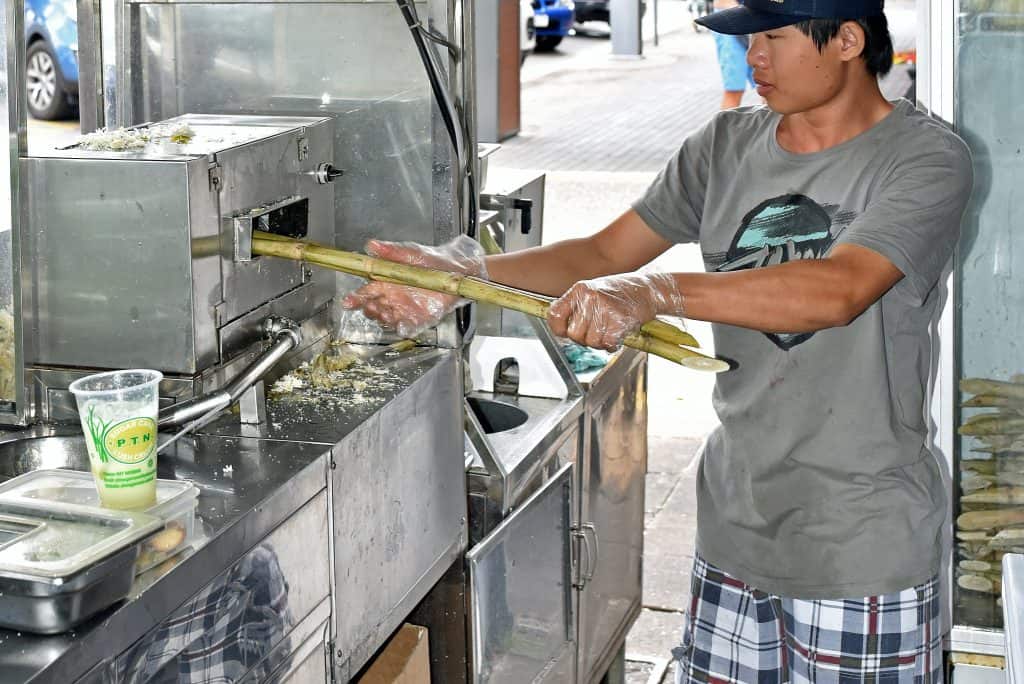
Ecuadorian breakfasts have a trademark orange juice.
It’s not uncommon to have a drink of OJ for breakfast around the world, but Ecuador steps it up a notch with their naranjilla juice. Translating to sour orange or bitter orange, this Ecuadorian breakfast drink usually comes with sugar or syrup to balance the taste.
The traditional Turkish breakfast drink lets you have a taste of orchids.
Before the rise of tea and coffee, the Ottoman Empire favored salep – a drink made from Turkish orchids, not unlike today’s chai tea. Today, people still value salep for its medicinal properties. Since the tubers contain the nutrient-rich sugar called glucomannan, some claim that salep can relieve chest pains, bronchitis, and improve cardiovascular health. More surprisingly, some even believe that salep can act as an aphrodisiac.
A traditional Himalayan breakfast includes yak butter tea.
As one of the native animals of the Himalayas, it’s no wonder that the area’s traditional breakfast drink uses a product from yaks. For centuries, the Himalayan regions have started their days with a cup of tea mixed with yak butter.
Traditionally, the Himalayan people would use black tea to keep them warm in the harsh cold of the highlands. However, it may have set the trend of adding butter to tea and coffee for breakfast around the world.

Was this page helpful?
Our commitment to delivering trustworthy and engaging content is at the heart of what we do. Each fact on our site is contributed by real users like you, bringing a wealth of diverse insights and information. To ensure the highest standards of accuracy and reliability, our dedicated editors meticulously review each submission. This process guarantees that the facts we share are not only fascinating but also credible. Trust in our commitment to quality and authenticity as you explore and learn with us.
